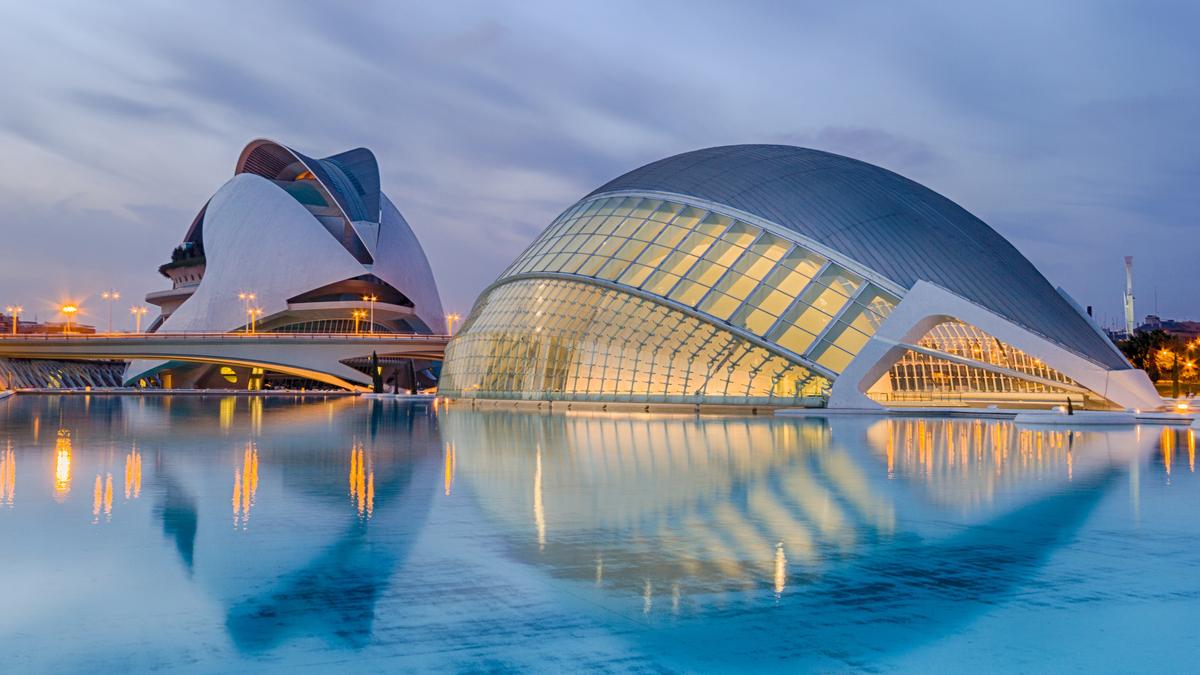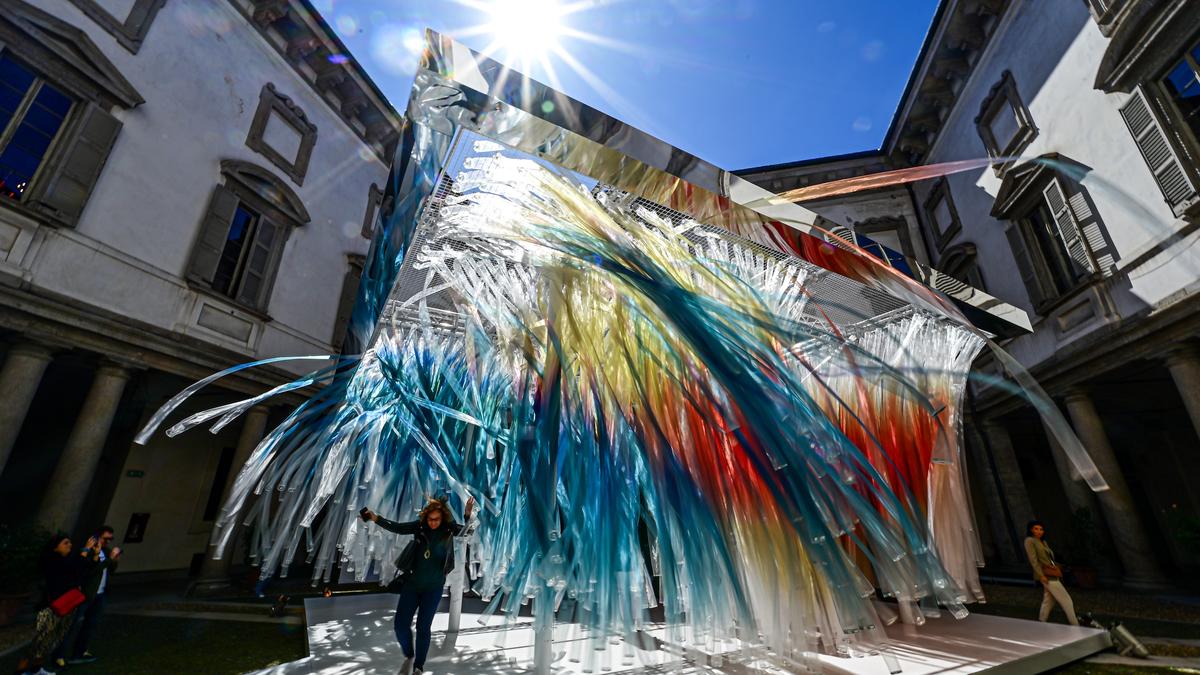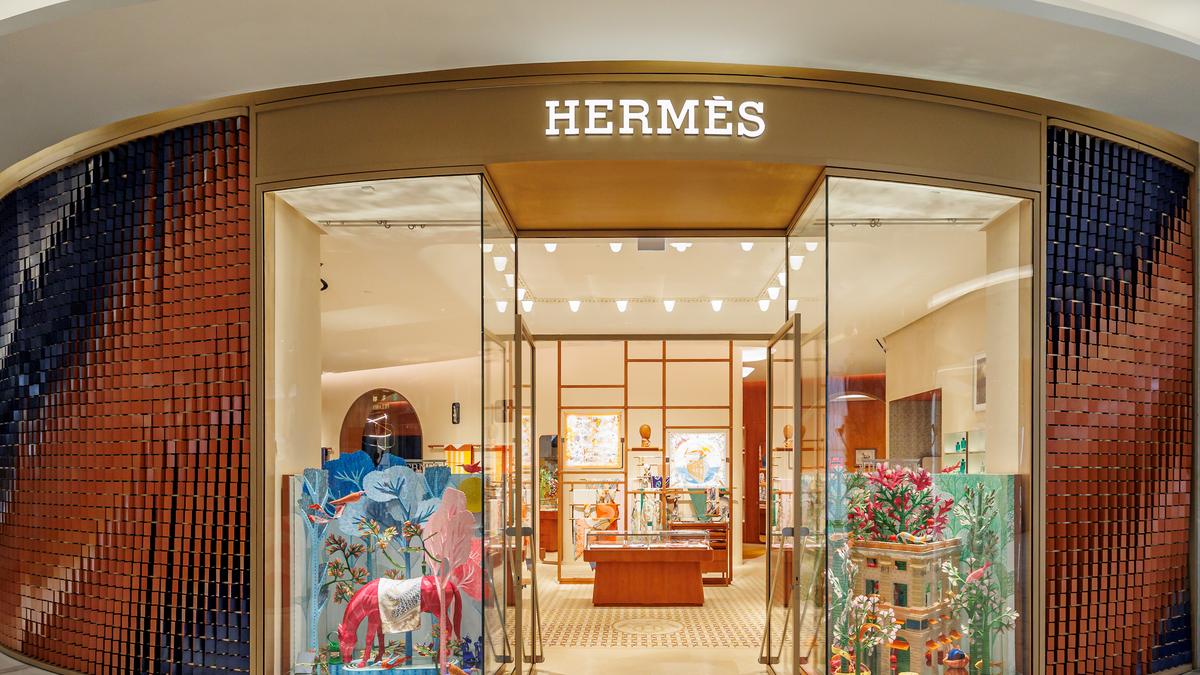
With Alessandro Michele’s appointment as the new Valentino design head, a look at how the change of creative guard impacts the consumer
Alessandro Michele’s recent appointment as the new creative director of Kering-owned Valentino has resulted in mixed online reactions.
While some who admire his dramatic aesthetic lauded the move from Gucci to Valentino, others scoffed at the idea of a maximalist designer helming creative reigns at a heritage Italian luxury house.
Hiring and firing of creative directors at global brands owned by conglomerates isn’t new. However, with each appointment comes in a new brand vocabulary, along with a new logo design that impacts the merchandise. Sometimes maximalism makes way for austere minimalism or vice versa. Or, cerebral chic is replaced by after-dark glam.
A case in point being, Hedi Slimane at Celine—a brand that was once revered by the legion of Phoebe Philo fans who embraced her stealth chic.
Is this game of chairs a way for brands to reach out to a newer demographic? Or do they just want the customer to forget the archival imagery and shake things up with retail-friendly pieces? Where does that lead the luxury consumer who’s stayed loyal to a specific style?
Le Mill co-founder Cecilia Morelli Parikh recalls that when Michele was appointed creative director for Gucci in 2015, the brand was in a slump. “He successfully revived the brand and made it fresh and relevant then. Sure, the aesthetic was completely different from Tom Ford’s and Frida Giannini’s eras of the brand, but Alessandro’s take on the brand resulted in Gucci’s client base getting wider,” Parikh explains.
“Valentino has managed to stay relevant through the years, but it will be exciting to see how he reshapes the brand with his aesthetics.”
While talking about heritage brands, one needs to account for two different kinds of customers: One, who is a brand loyalist, and the other, a follower of a creative director. “Alessandro got immense creative freedom during his time at Gucci. If he gets the same kind of freedom at Valentino, we might see some customers shift but the brand loyalists aren’t going anywhere,” says Parikh.
Luxury entrepreneur Kalyani Saha Chawla observes a brand is always bigger than the creative designer. “When John Galliano left Dior, Tom Ford parted ways with Gucci, and who ever thought of Chanel without Karl Lagerfeld! What is built with the creative designer is all encompassing for the clients. But brand loyalists are loyal to the House and will stick around unless it’s something they can’t relate to at all,” says Chawla.
When a new creative director takes over, they, of course, bring a different energy to a brand. But the new imagery and aesthetic need to be in sync with the history of the brand. “For example, Gucci and Harry Styles had no connection, but under Alessandro’s reign at Gucci we could see the connect in the HA HA HA campaign. While the creative director helming the brand obviously affects it, it’s hard to say that the brand archives don’t act as inspiration for them,” Parikh says.
While Pierpaolo Piccioli’s contribution at Valentino has been monumental, Michele definitely holds promise and potential given his stellar stint at Gucci. “Michele is a genius. He turned the house of Gucci around and will go down in history and fashion archives. But what remains to be seen is his creativity at Valentino. Every house has its history and ethos which every designer and creative head has to research and study thoroughly. You have to follow that only, with your own contribution,” adds Chawla.
Billions of dollars are involved in what may appear as drastic decisions, but it’s all well thought through and strategised. “There is no change without risks,” Chawla says.
During his seven-year tenure at Gucci, Michele infused the brand with his eclectic designs and maximalist approach, leading to acclaimed commercial success. Luxury brand consultant Deepika Gehani notes, “His proven ability to create buzz-worthy collections and cultivate a strong brand identity suggests that he could potentially revitalise Valentino’s image and attract a new audience,” she says. “In the competitive world of fashion, customer loyalty often depends on a brand’s ability to consistently surprise and delight with fresh, innovative designs. Repetition of the same patterns and styles can result in stagnation and disinterest among consumers.”
By continually evolving and introducing new elements into their collections, brands can keep customers engaged and excited about their offerings. “Whether through unexpected collaborations, bold reinterpretations of classic styles, or avant-garde creations, brands must challenge conventional norms to ignite the imagination of their audience,” Gehani adds.
Manish Mishra is a Delhi-based writer and content creator.
Source | Powered by Yes Mom Hosting





